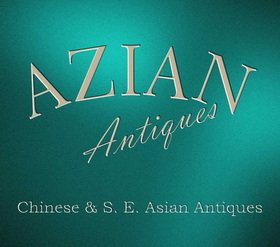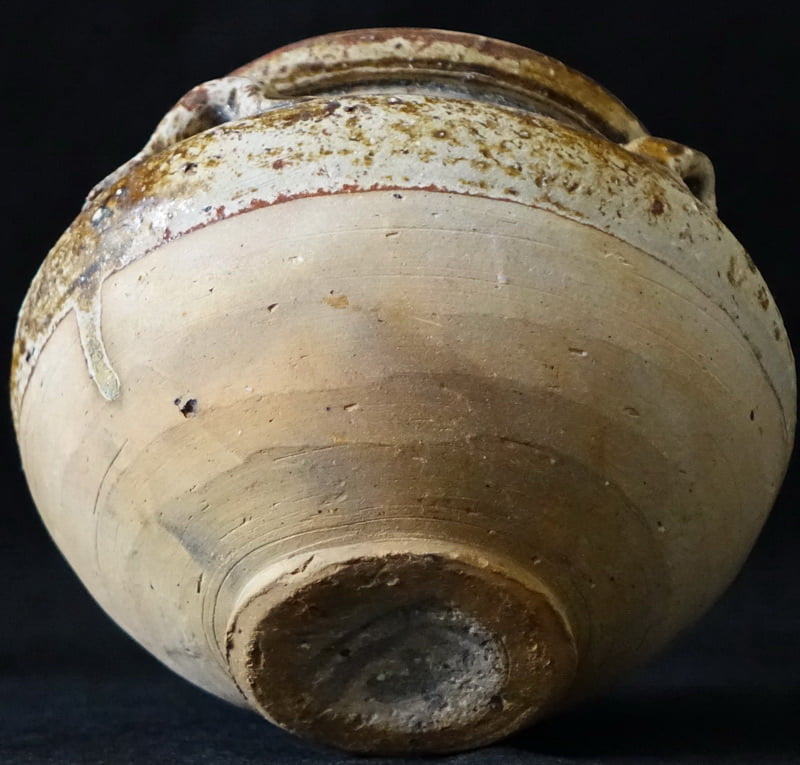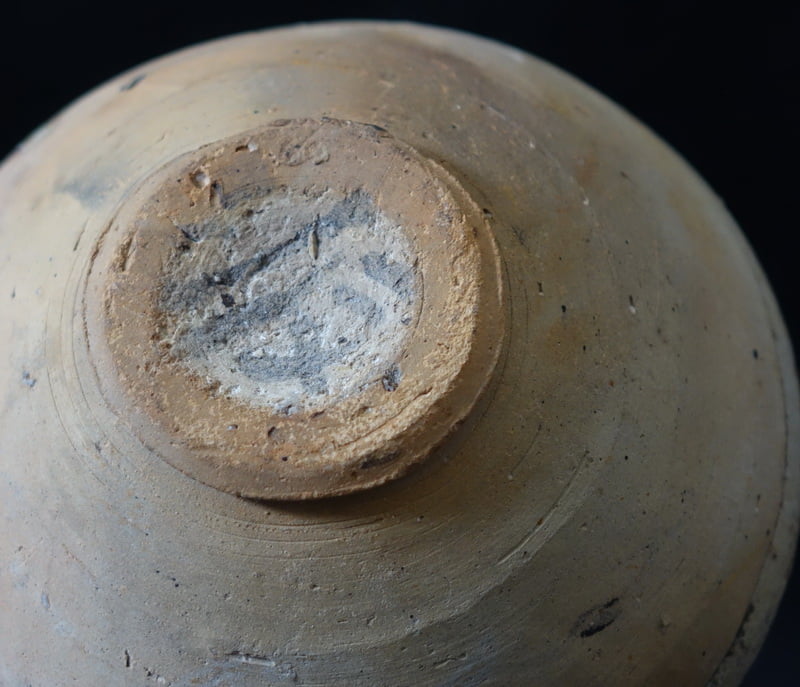As early as 500 BC trade between China and their neighboring countries such as the Philippines, Eastern Indonesia, Thailand, Malaysia, Borneo, and Vietnam was vibrant.
A variety of green celadon ceramics, earthenware and stoneware, beads, bronze, primitive clay, and earthenware figures have over the years been excavated from sunken cargo ships in the South China sea and connecting river systems of S. E. Asia.
Most Chinese cargo ships were laden with trade goods, some sinking due to typhoons and bad weather conditions. A variety of items of Chinese and Vietnamese origin have been found in the Musa River near Palembang in South Sumatra. Trade goods that have been found indicate that trade with the Sri Vijaya Empire in Sumatra was an important maritime trading partner to China and its neighbors from the 7th to 10th century.
Around the beginning of the 1st millennium, new independent city-states emerged over many parts of South East Asia. One of the largest of these was Funan, encompassing Central Vietnam down to South Vietnam, Banka Island, Peninsular Malaya, Cambodia, west Java, Bali, and the southern coast of Sumatra, especially around the mouth of the Musi River, a network of rivers around the city of Palembang.
Reference to Funan is controversial and scholars are divided regarding the origins of the name and places it actually encompassed, the name is used loosely in reference to the period and areas referenced as Funan.
Recent archaeological work has revealed that these new city-states were part of trading networks that also included India and the Middle East.
This is an excellent paper “Ceramics From The Musi River, Palembang, Indones: Based on a Private Collection” By Darrell J. Kitchener & Henry Kustiarsih shows similar types of bowls.







